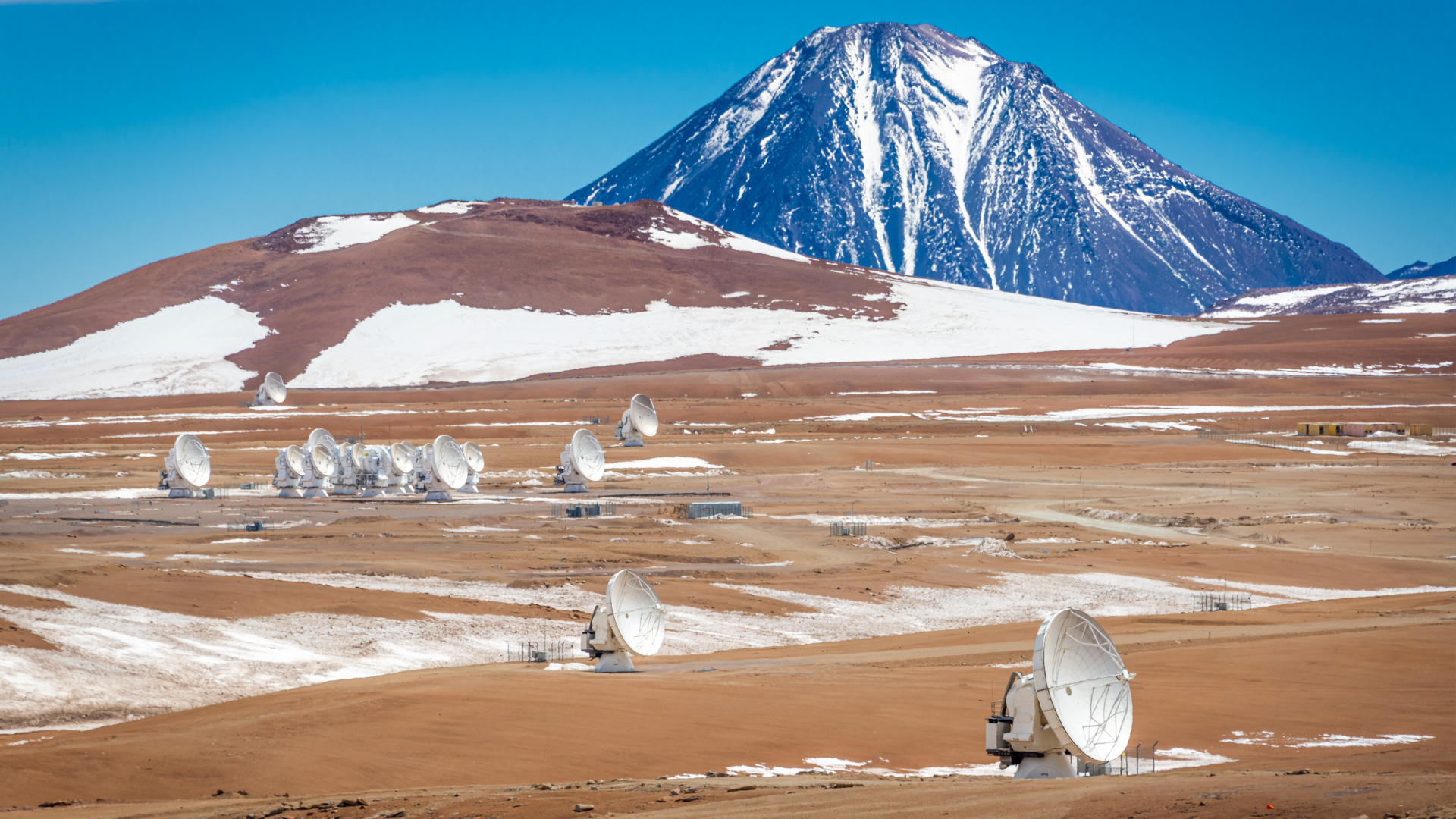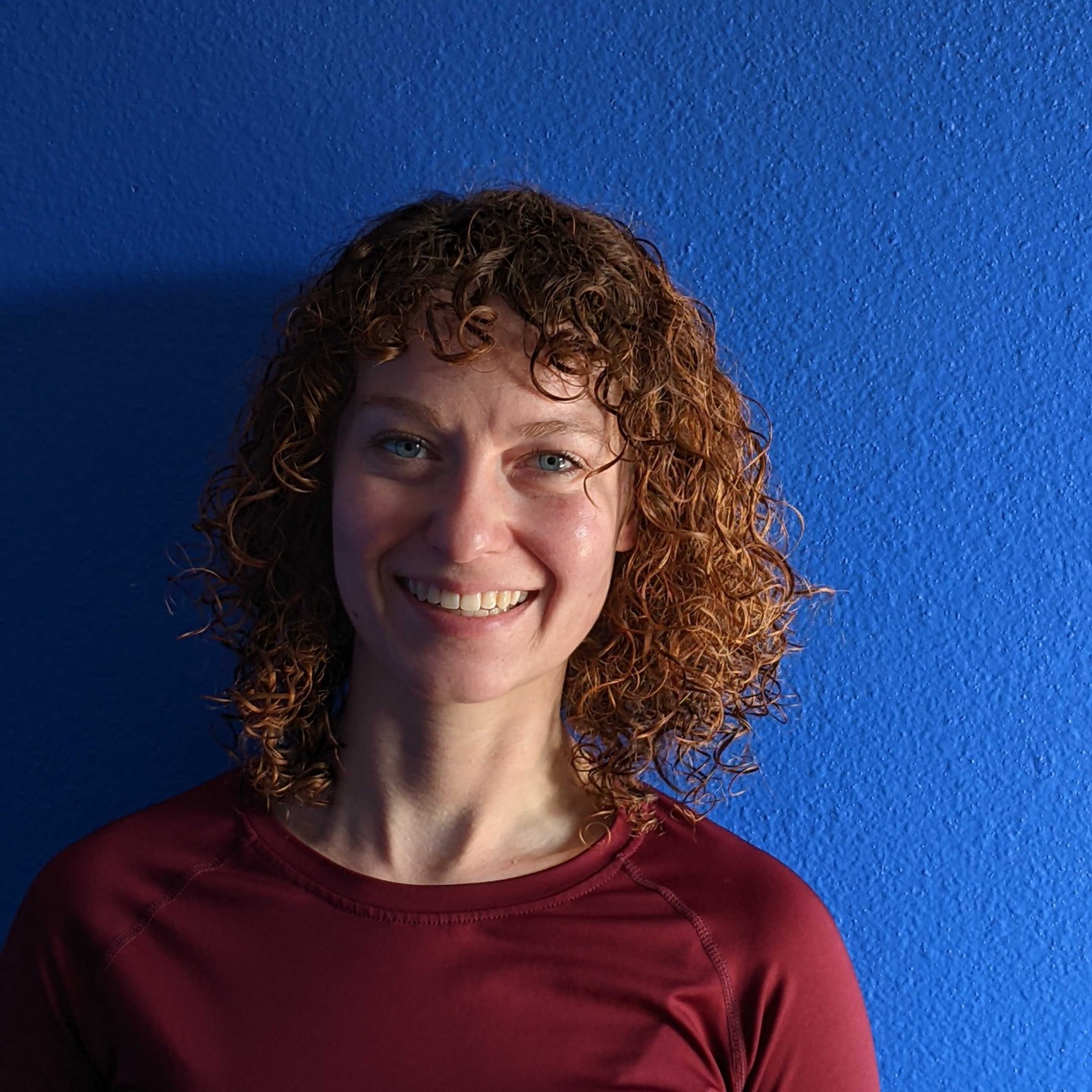Deep-space dishes dot the desert | Space photo of the day for Oct. 15, 2025
ALMA's 66 radio dishes reveal many cosmic secrets that are hidden from human eyes.

High in Chile's Atacama Desert, one of the driest and most remote places on Earth, sits the Atacama Large Millimeter/submillimeter Array (ALMA). Operated by the European Southern Observatory (ESO) and its international partners, ALMA is not a single telescope but an array of 66 high-precision antennas that together probe the universe in wavelengths unseen by human eyes.
What is it?
Unlike optical telescopes, ALMA observes in the millimeter/submillimeter range, between infrared and longer radio waves. These wavelengths allow astronomers to study regions where young stars are shrouded by dust or where galaxies lie so far away that their light has stretched and cooled during its journey across space and time.
ALMA's antenna's are spread out across the desert plateau in various configurations. The assemblage operates essentially as a single, giant telescope with extraordinary resolution, sharp enough to discern the tiniest of details.
Where is it?
The radio dish array sits on the Chajnantor Plateau, at an altitude of 16,500 feet (5,000 meters) above sea level.
Why is it amazing?
The high altitude of the Chajnantor Plateau provides the perfect vantage point for radio astronomy: here the air is thin and dry, with little water vapor to absorb faint cosmic signals. Looming over the site is the majestic Licancabur volcano, its snow-dusted summit and crater lake watching silently over the antennas below.
Under Licancabur's watchful eye, ALMA continues to gaze deeper into the cold, hidden corners of the universe.
Want to learn more?
You can learn more about ALMA's findings and other telescopes in Chile.
Breaking space news, the latest updates on rocket launches, skywatching events and more!
Kenna Hughes-Castleberry is the Content Manager at Space.com. Formerly, she was the Science Communicator at JILA, a physics research institute. Kenna is also a freelance science journalist. Her beats include quantum technology, AI, animal intelligence, corvids, and cephalopods.
You must confirm your public display name before commenting
Please logout and then login again, you will then be prompted to enter your display name.

